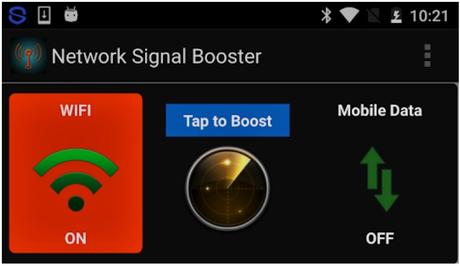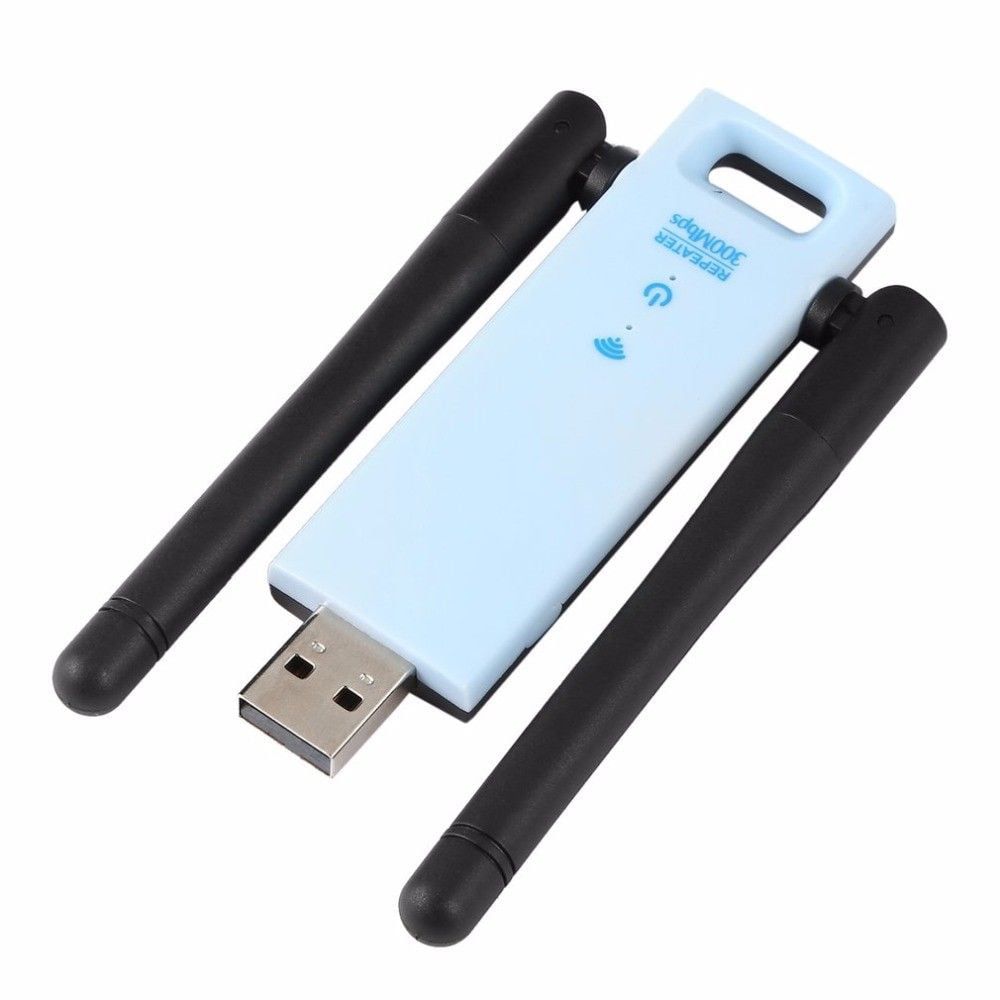

The other half is collecting and analyzing WiFi data to determine the current dBm value of your signal, and that’s where wireless signal strength software comes in. Knowing what the WiFi signal strength dBm values mean and understanding how they can affect your online experience is only one half of the battle.


What Is the Purpose of WiFi Signal Strength Software? Of course, you want the Signal-to-Noise ratio to be as high as possible so that it’s less likely for a signal to disappear in environmental noise. For example, if you receive a signal of -70 dBm and the noise floor is measured at – 80 dBm, the SNR is 10 dB. You can see just how much noise there is by measuring the Signal-to-Noise ratio (SNR), which is the difference in decibels between the received signal and the background noise level. If you’re in the same room as your wireless router and have trouble achieving good network performance, the chances are that there is a lot of environmental noise from various electronic devices and other wireless networks. Signal strength between -55 dBm and -75 dBm is acceptable, depending on how close or far away from your wireless router you happen to be. Generally, -80 dBm is considered to be the minimum signal strength for basic connectivity, while -67 dBm is good WiFi signal strength even for streaming and other demanding tasks. The closer this number is to zero, the stronger the signal is.


 0 kommentar(er)
0 kommentar(er)
